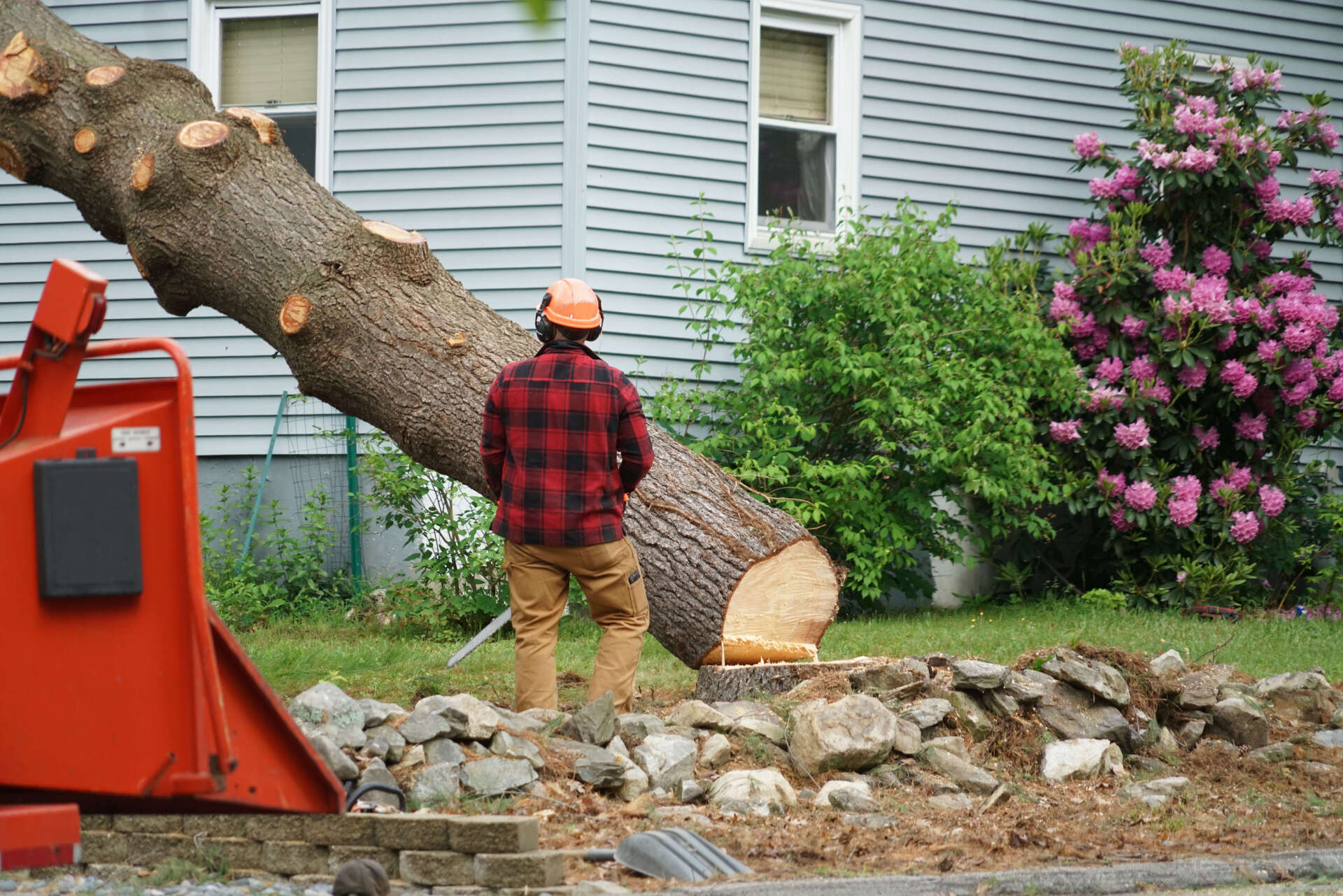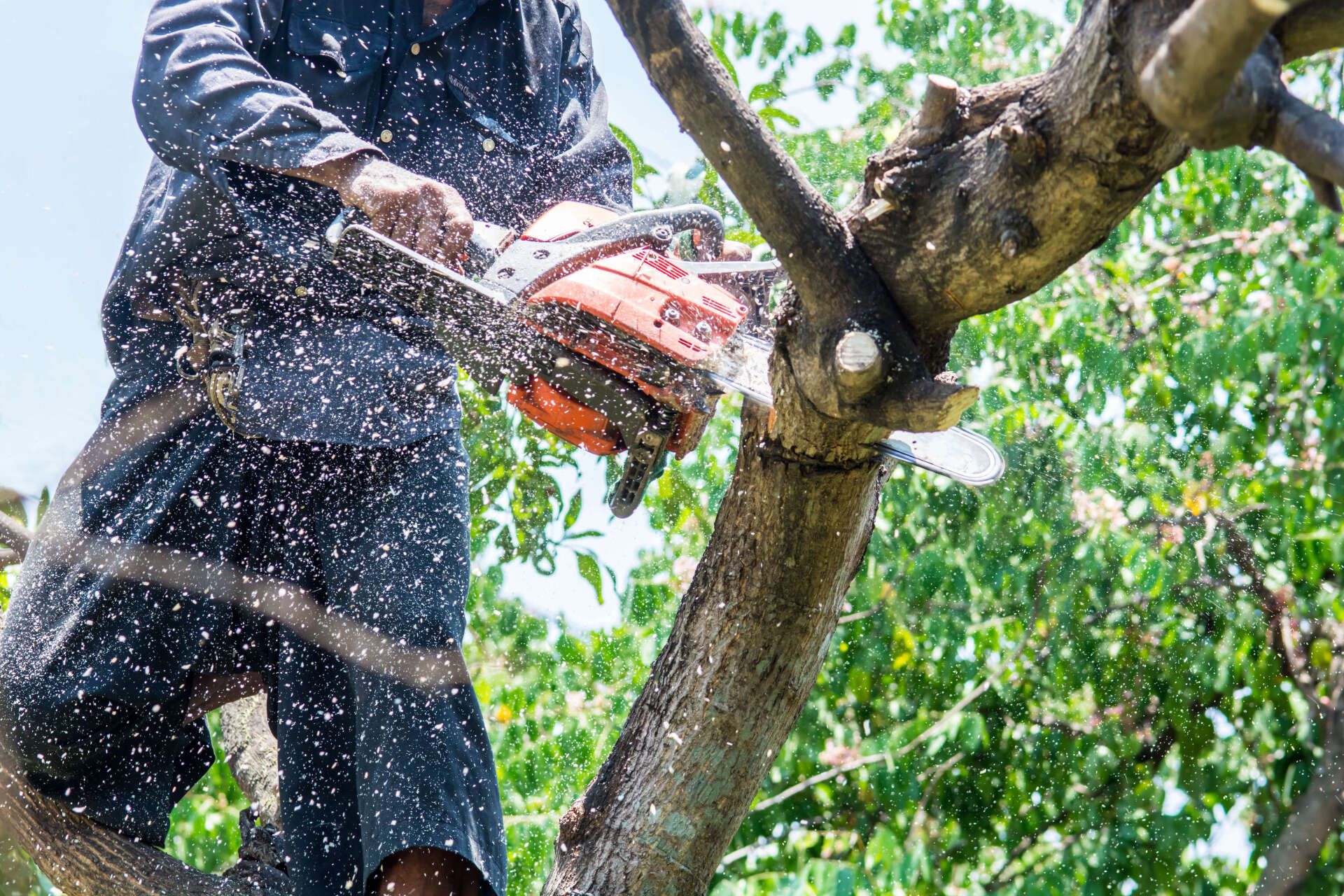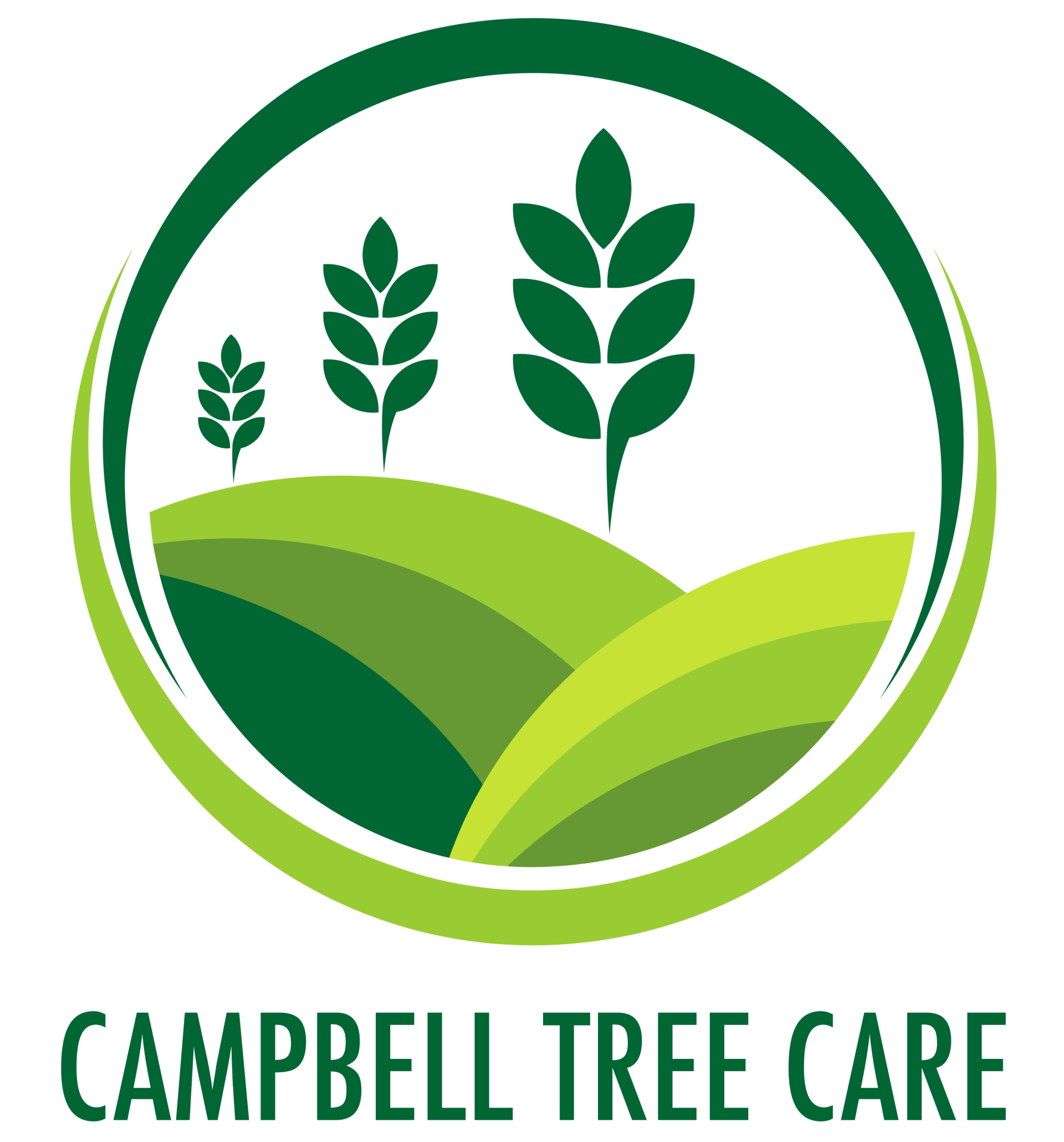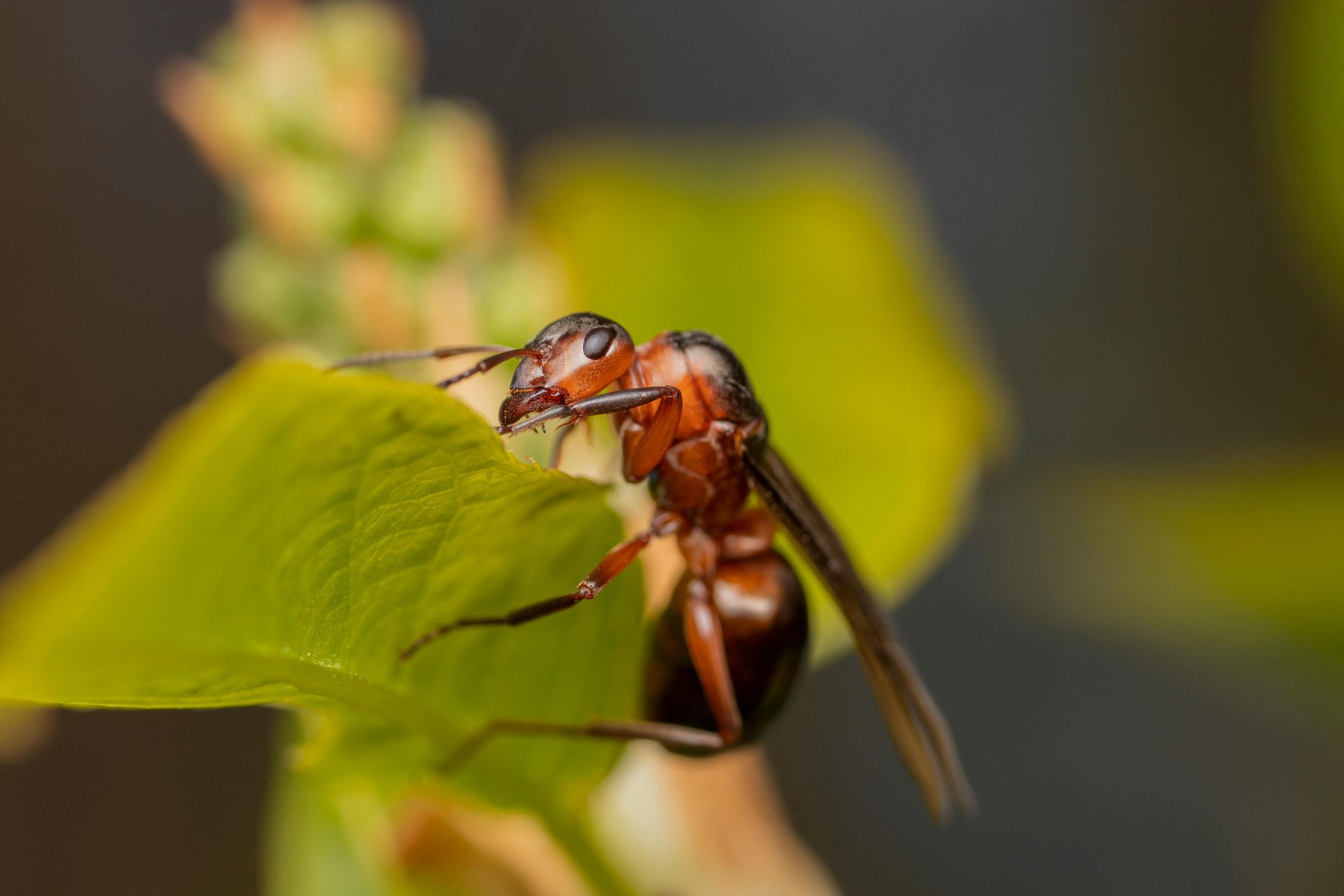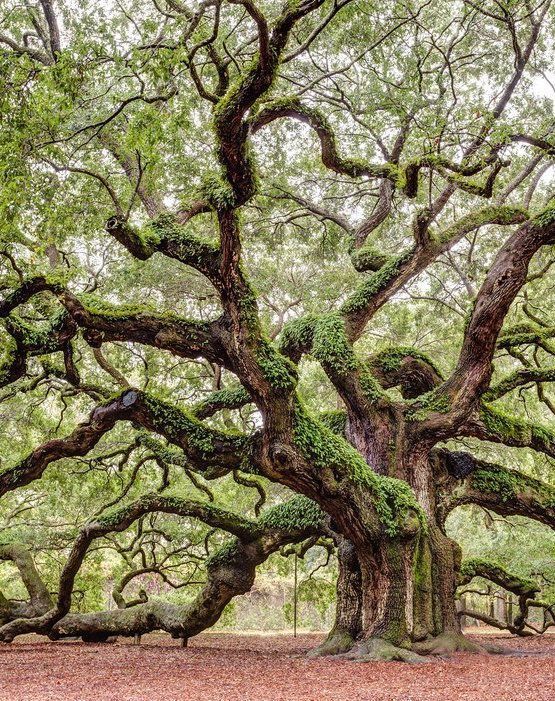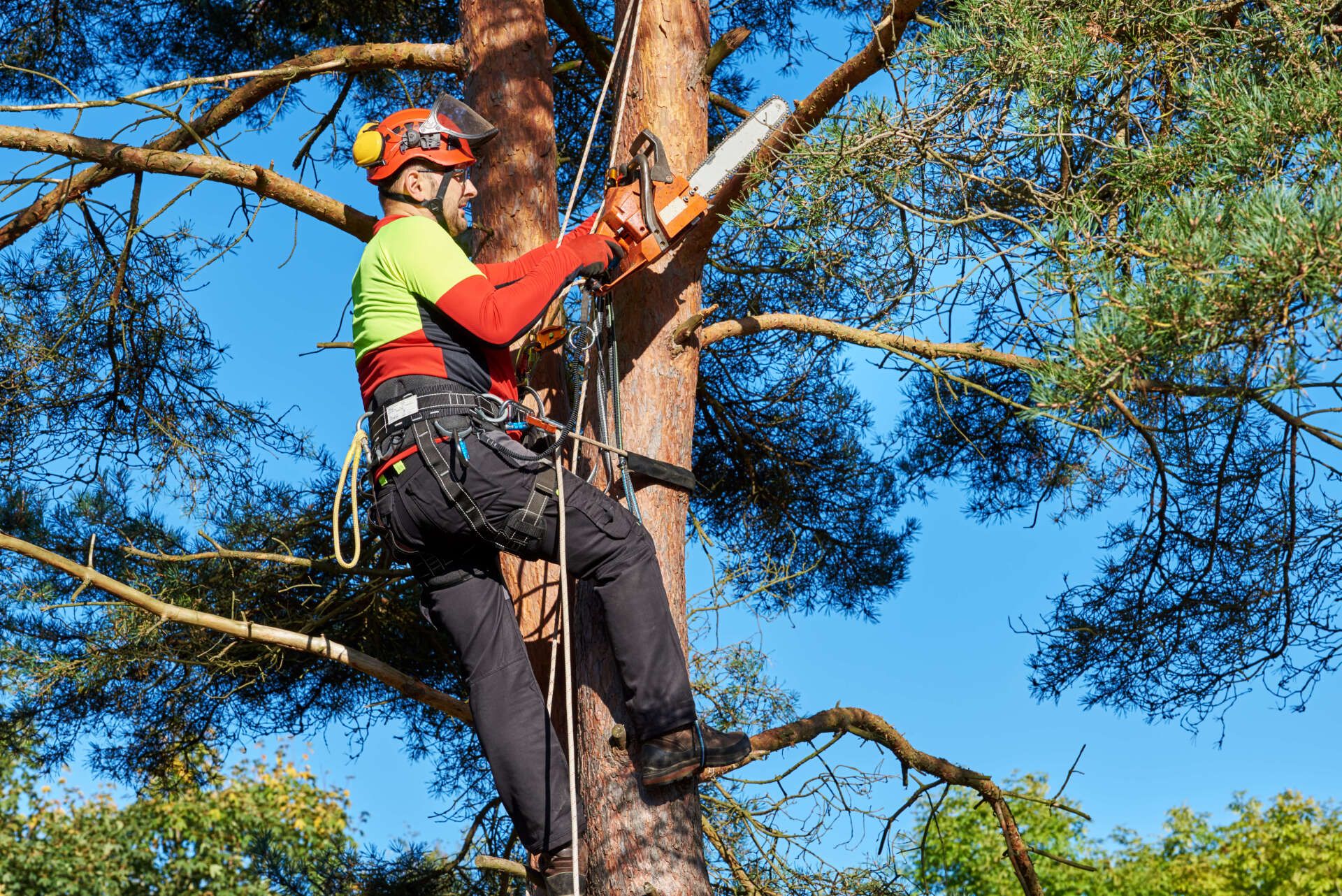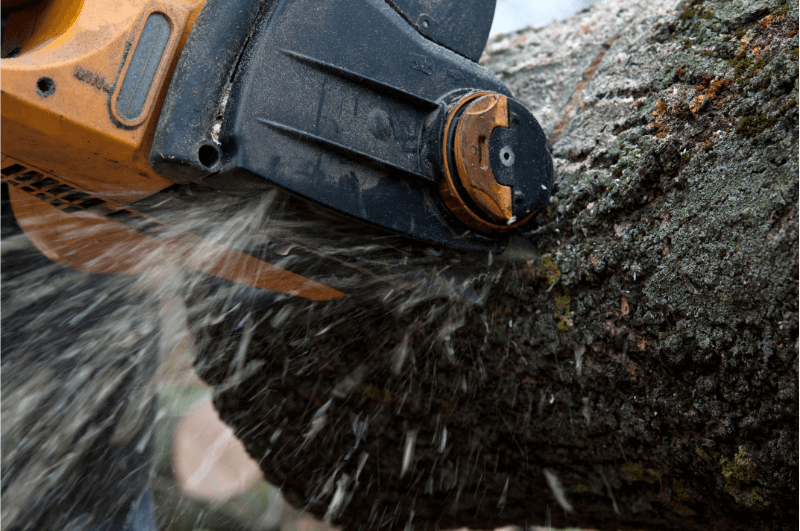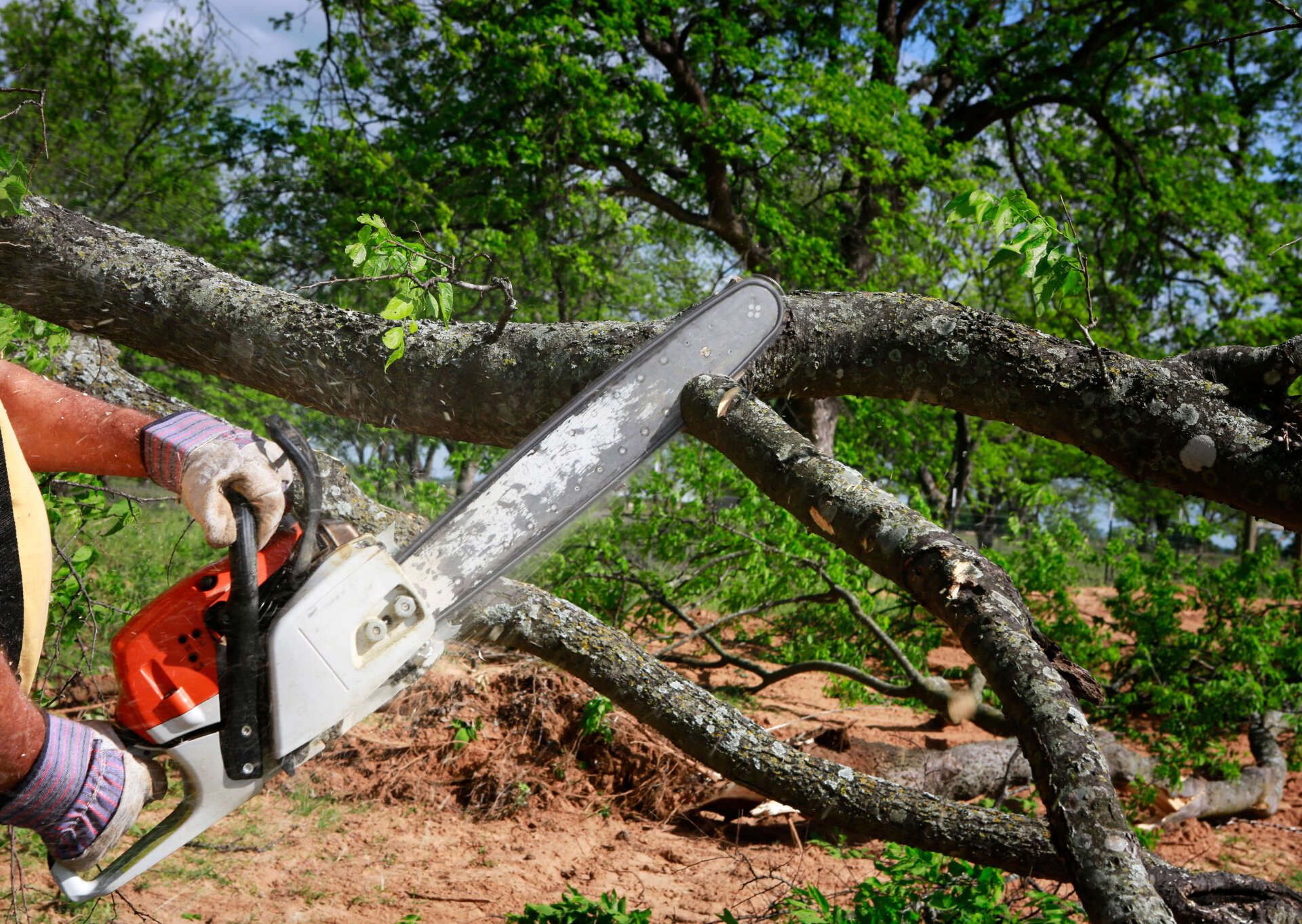Signs that Your Tree is Dying
Trees are valuable assets to a space. There are different tree species; these flowering plants add beauty and provide protection and cover for animals and other plants. A dead or dying tree may be easy to spot if it lacks lush green leaves, leaves turn brown in the summer, or if wood-boring insects have ripped holes in the limbs. However, it is not always obvious when a tree's health is at stake, making it challenging to address, particularly when a dead tree is close to a structure or home. A sick or dying tree with broken branches can harm people and animals, and if they fall on your house or vehicle, they could require expensive repairs.
You shouldn’t have a dead tree in your yard for various reasons, especially if it is close to your house. Every season, you should take some time to check on the health of all the trees, especially a possible dying tree close to your house, because it may eventually threaten your family's safety.
In terms of the amount of damage they can cause, according to OSHA, trees are more dangerous than sharks. A dying tree can be life-threatening, especially one that is not attended to. It may be ominous when you look out through your window and realize there are many surrounding trees. You may prevent a tree disaster by knowing how to tell if your tree is dying or sick.
As soon as you learn how to recognize them, the symptoms of a sick tree are typically relatively straightforward.
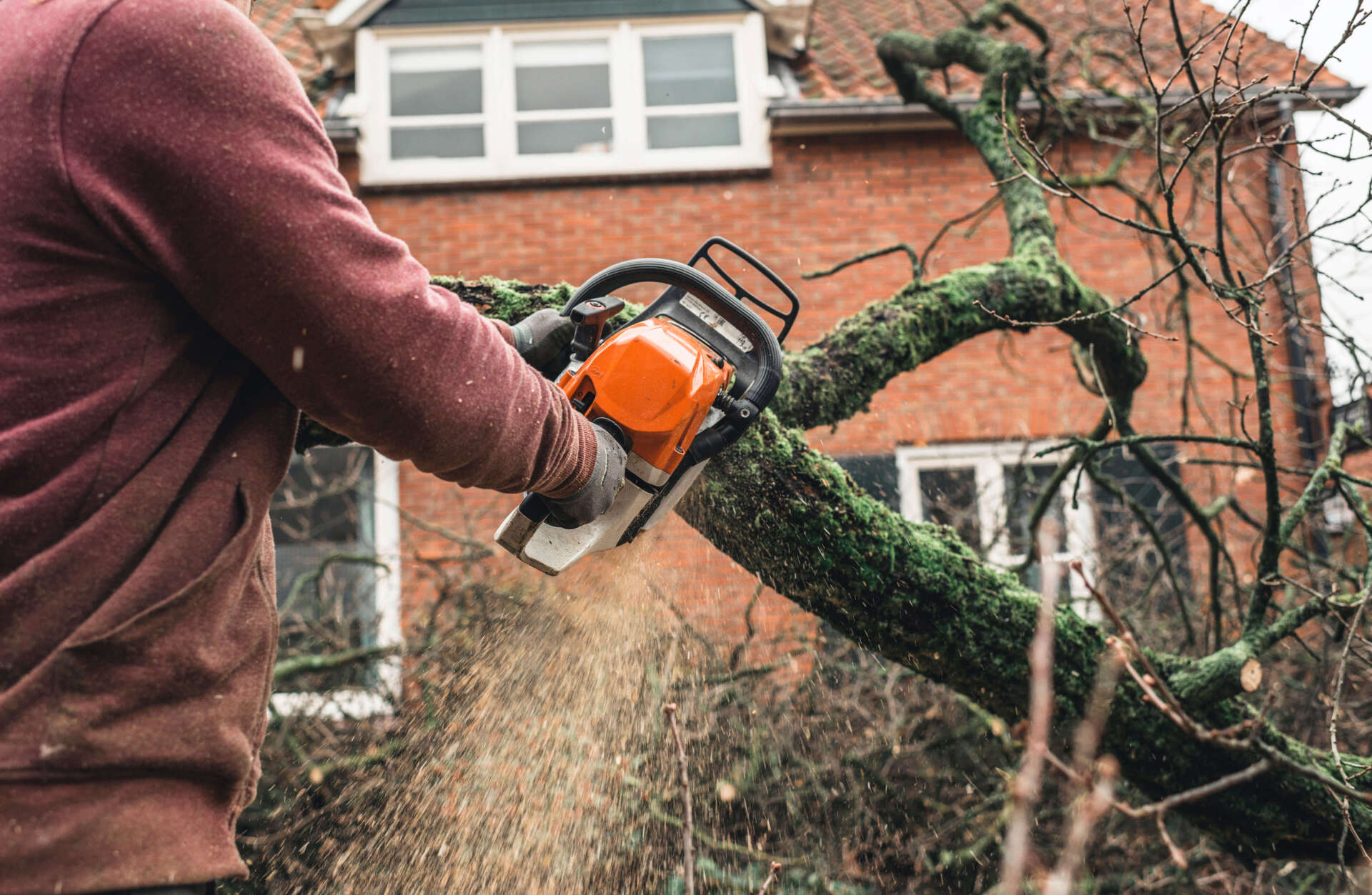
7 Vital Signs of a Dying Tree
1. Broken Branches
A dying tree could have its branches readily breaking off. If you notice a dying tree with branches breaking off, you should contact a local expert to conduct an examination and provide guidance; a few dead branches or dead wood doesn't necessarily mean you have a dying tree.
A crucial point regarding branches is that not all dead tree trunks or twigs indicate that it is a dead tree. The life cycle of all significant trees includes some dead branches. However, a dying tree has numerous sizable, dead branches. "Dead trees and branches can fall at any time.
2. Tree bark shedding off
When tree bark is flaking off, it is a symptom that the tree is not getting enough nutrients. Human skin is like the bark of a tree. Similar to how the state of a tree's bark can be a symptom of a sick tree, skin conditions in individuals can provide hints about underlying disorders. You could save the tree by watering the dry patches and pasting the tree bark back on until it reattaches. If the tree's infection is the cause of the bark loss, you must remove the tree to prevent the infection from spreading to nearby trees. As the tree dies, the bark becomes loose and starts to fall off of a dying tree.
3. Fungi or bacterial infection infections
Fungus or signs of decaying are never good news. If you spot either of them, you must take immediate action if you wish to have any hope of preserving the tree because fungus signs could mean it's a dying tree. But, if the harm has already been done, saving the tree will be nearly impossible. Although there are several remedies for rot and fungus on a dying tree, the tree needs to be removed if it has already suffered irreparable damage or if there is a likelihood that the fungus may spread and endanger nearby trees.
4. Open wounds
If wounds are not adequately attended to, trees may begin to decline. It can be more challenging for a tree to recover from splits or damaged branches, as opposed to cuts that are appropriately made to trim the tree back. Tree damage is a common result of Midwest storms involving strong winds and lightning strikes that impact trees. The tree's chances of survival are slim if massive branches break off.
5. No leaves or dead leaves
This particular symptom of a diseased or dying tree is relatively straightforward. It may be a sign of root damage, illness, or pest infestation if a tree has some bare branches on one side but none on the other. Dead leaves on a tree are a clue that something is obstructing the nutrient flow to that side of the tree. The tree must be replaced most of the time because the harm has already been done. For deciduous trees, look for branches that lack lush green leaves and show only brown and brittle leaves during the growing season. They will also have dead leaves clinging well into the winter instead of dropping to the ground. Coniferous evergreens will start showing red, brown, or yellow needles or leaves when stressed or dying.
6. Termites and other pests
Trees are vulnerable to a wide range of common tree pests. Termites, beetles, and ants are just a few pests that can attack a healthy tree and cause various issues. You can eliminate and preserve the tree if you identify them in time. It is usually advisable to remove the tree and plant a replacement if the pest damage has affected the stability of the whole tree.
7. Root damage
A tree may die if the tree's root system is weak. Tree roots can occasionally be harmed by landscaping or new building projects. A tree will need help feeding itself if its roots are appropriately pruned. Call an experienced arborist immediately to come to check and offer advice if a tree is exhibiting signs of root damage and there has recently been construction close to your property.
CONCLUSION
Take action immediately if you suspect a sick or dead tree is on your land. Remember, you have a greater chance of dying from a tree than from a shark attack, so don't wait for it to worsen. Call for an arborist when you notice just a few branches left on the tree or a diseased tree trunk. If the tree needs to be removed after speaking with an arborist, contact a tree removal company as soon as feasible.
ABOUT CAMPBELL TREE CARE
Campbell Tree Care is a professional tree service in Campbelltown. Our knowledgeable staff will assist you in maximizing the potential of your yard. We provide various arborist services to fit any budget, from pruning and trimming to mulching and stump removal. We are proud of every tree job we complete and constantly work to exceed your standards. You can rely on us to finish the job properly, whether you want to remove big palm trees, trim your tree limbs, or remove stumps. For a free consultation and no-obligation estimate, get in touch with us right away!
